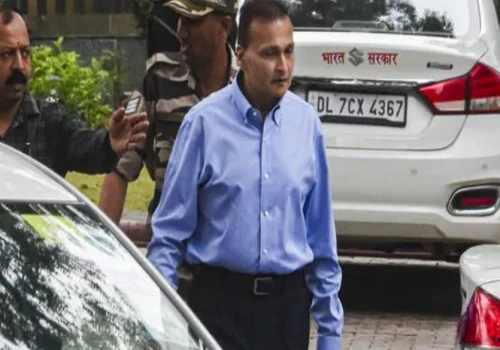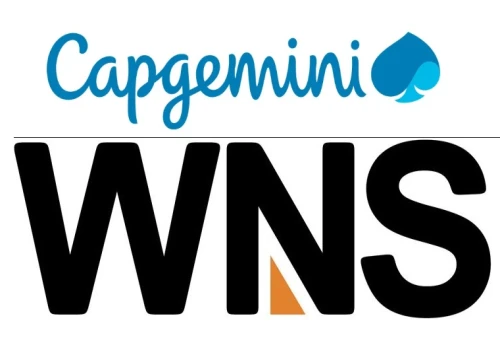
The Reserve Bank of India (RBI), India's central bank, has levied a penalty of ₹1 crore on IDFC First Bank for non-compliance with loan sanctioning norms. The penalty pertains to an infrastructure loan disbursed to a public sector undertaking (PSU) between 2016 and 2017.
According to the RBI, IDFC First Bank failed to adhere to the central bank's guidelines for "Loans and Advances—Statutory and Other Restrictions" while processing the loan. The specific details of the non-compliance haven't been disclosed publicly.
In a regulatory filing, IDFC First Bank acknowledged the penalty and clarified that the loan in question has been entirely repaid. The bank emphasized that it incurred no losses due to the loan and that it had been closed on its books as of September 2023.
"We would like to mention that the bank does not undertake infrastructure project financing since 2019 as a part of its lending strategy," the bank further added in the filing.
IDFC First Bank also assured that it has meticulously reviewed its loan sanctioning procedures and implemented necessary preventive measures to prevent similar occurrences in the future.
It's important to note that the RBI simultaneously imposed a penalty of ₹49.70 lakh on LIC Housing Finance for violating certain unspecified regulations.The news of the penalty caused a minor fluctuation in IDFC First Bank's share price. The bank's shares closed at ₹80.68 on the BSE (Bombay Stock Exchange) on Friday, April 5, 2024, reflecting a marginal increase of 1.48% compared to the previous day's closing price of ₹79.50.
This incident underscores the significance of strict adherence to RBI's regulations by banks and financial institutions. The RBI closely monitors lending practices to ensure the stability and integrity of the financial system. This penalty serves as a reminder of the potential consequences faced by institutions that fail to comply with established guidelines.
Moving forward, it will be interesting to observe how IDFC First Bank's revised loan sanctioning procedures impact its future lending activities and whether the bank encounters any further regulatory hurdles.











